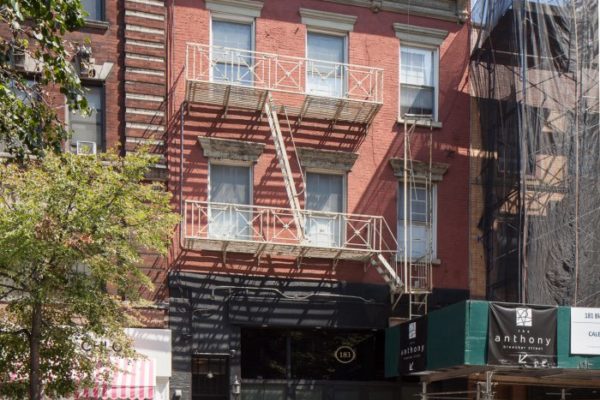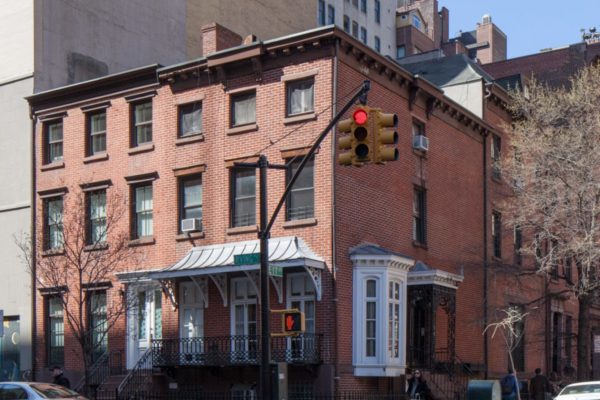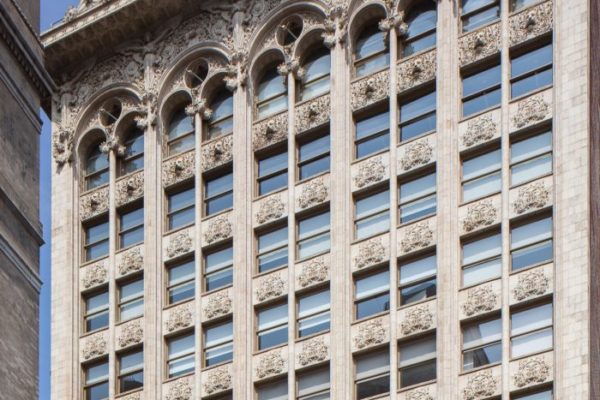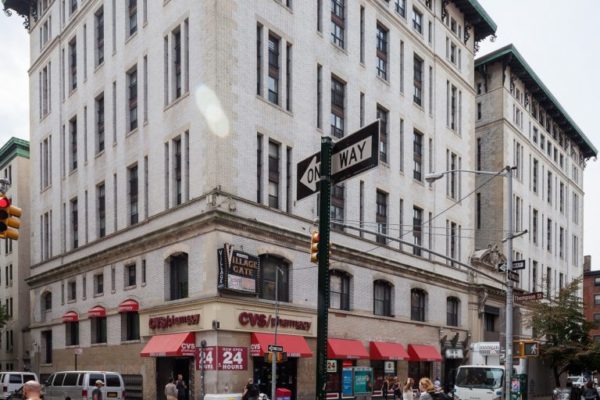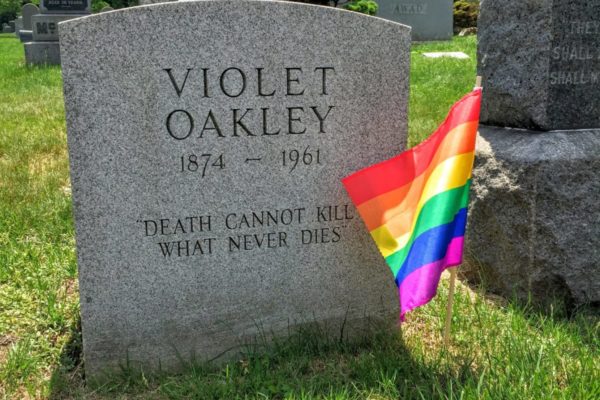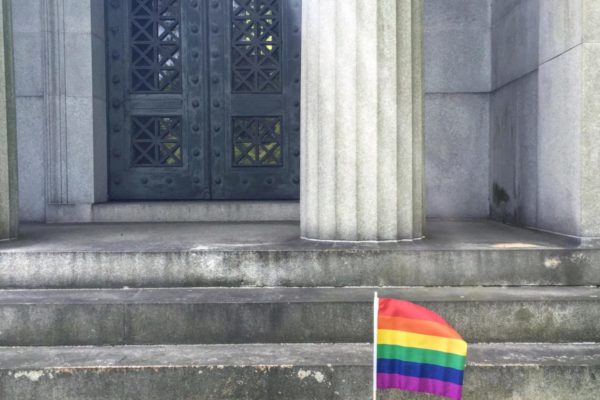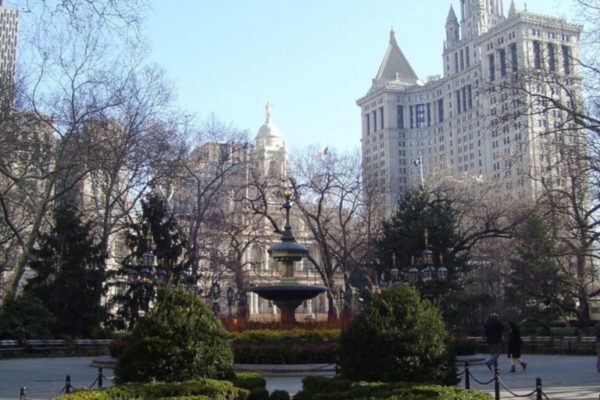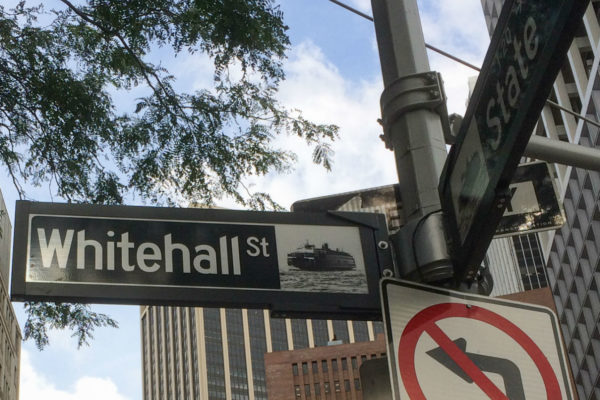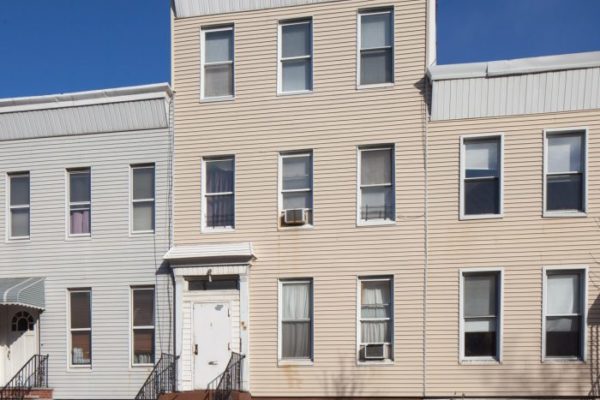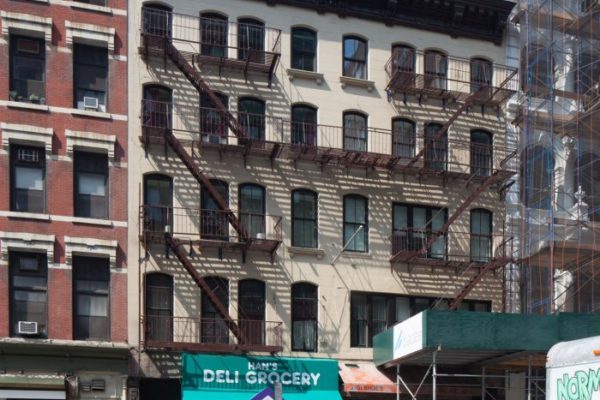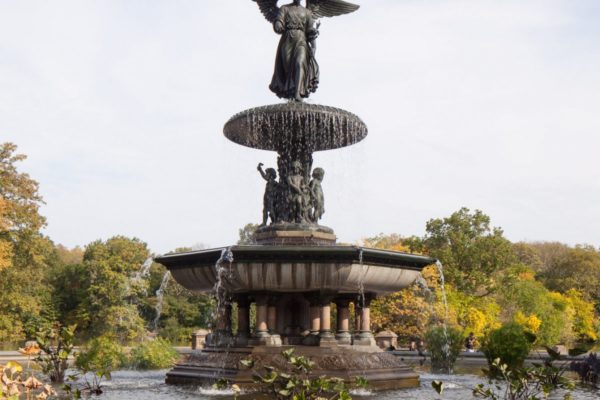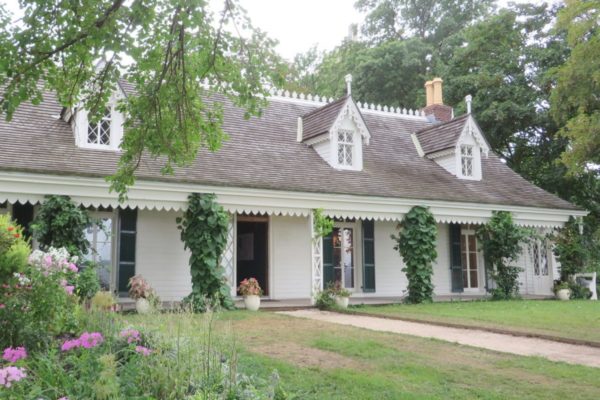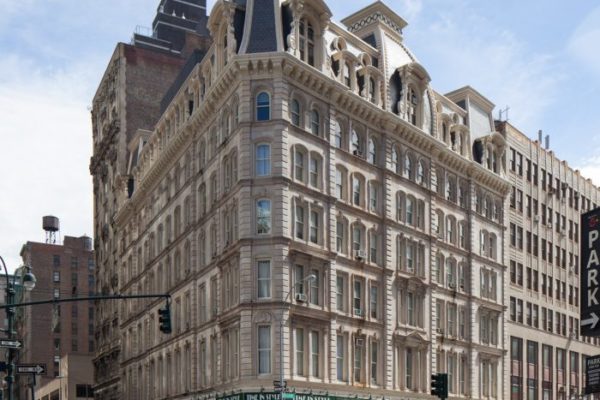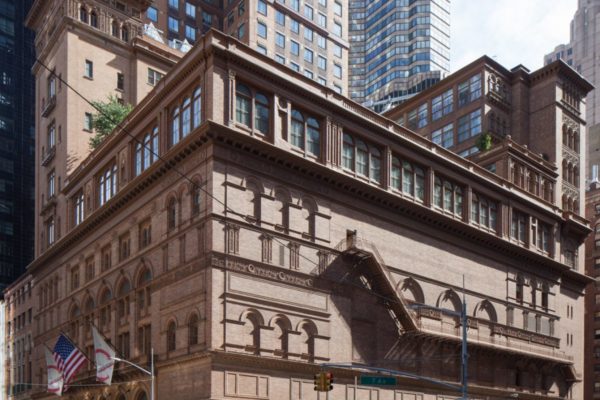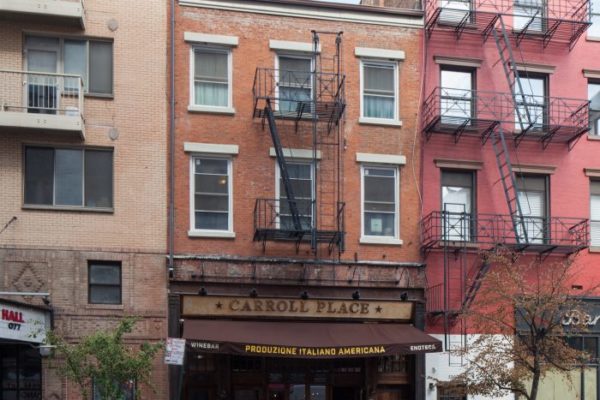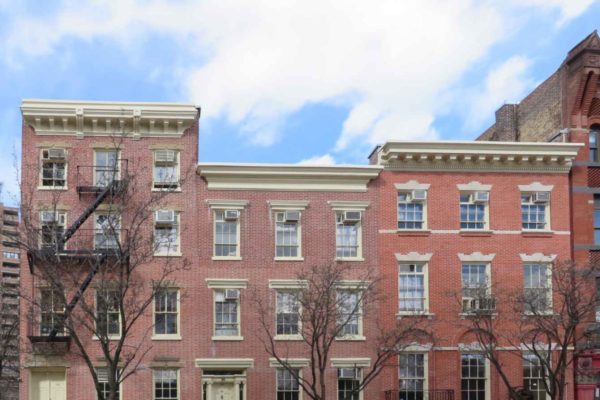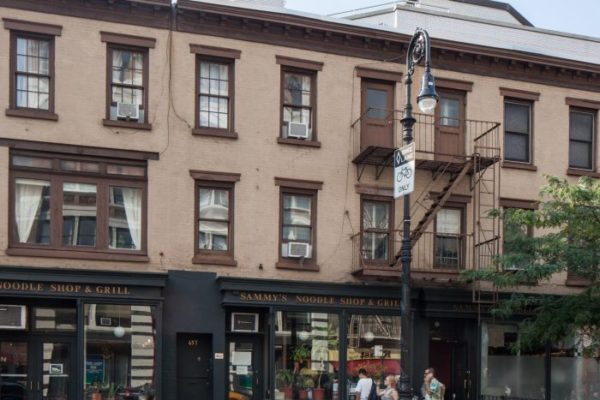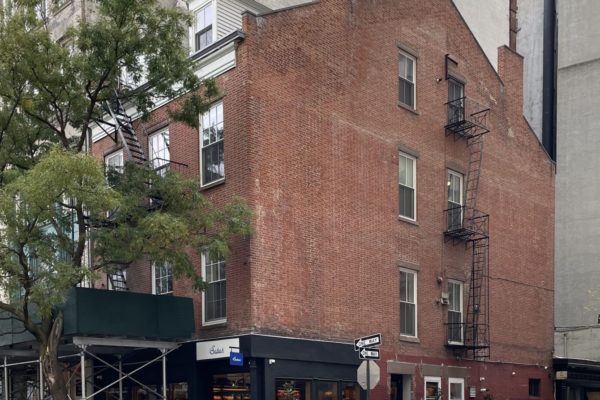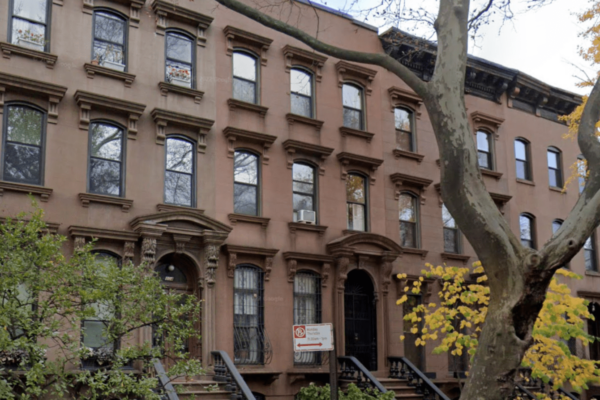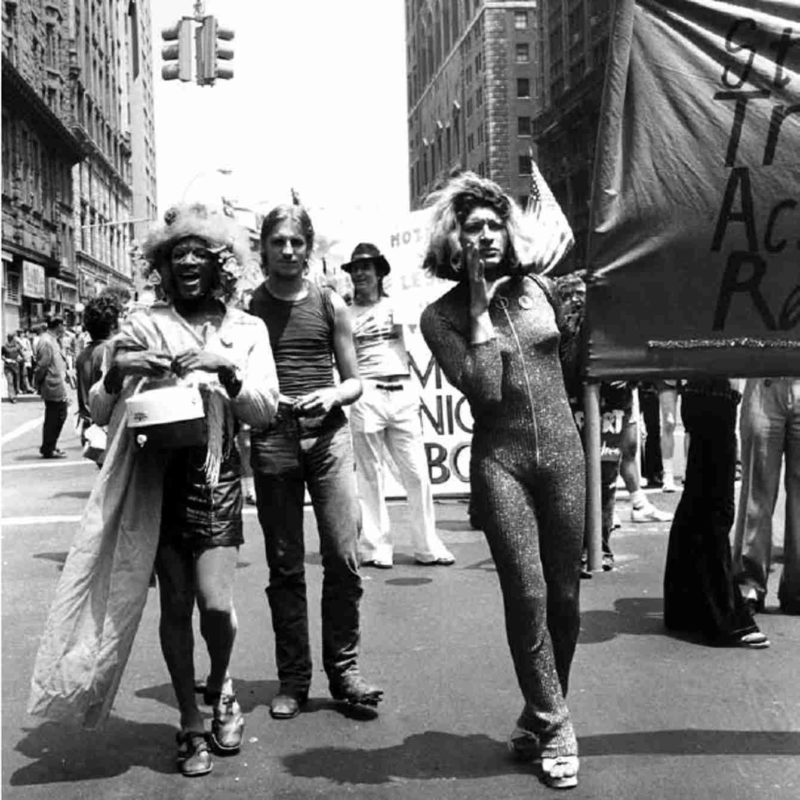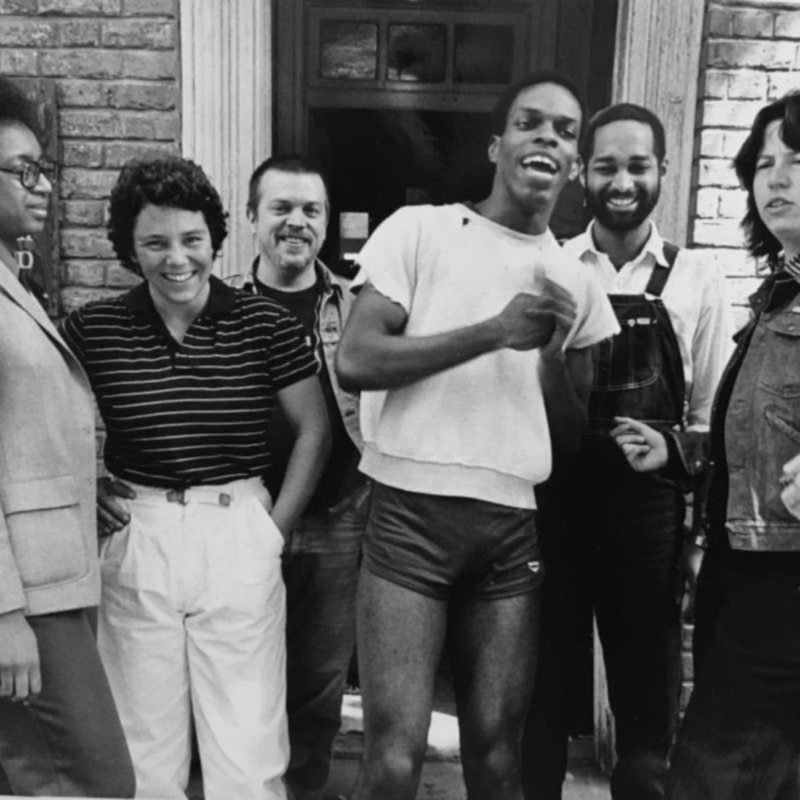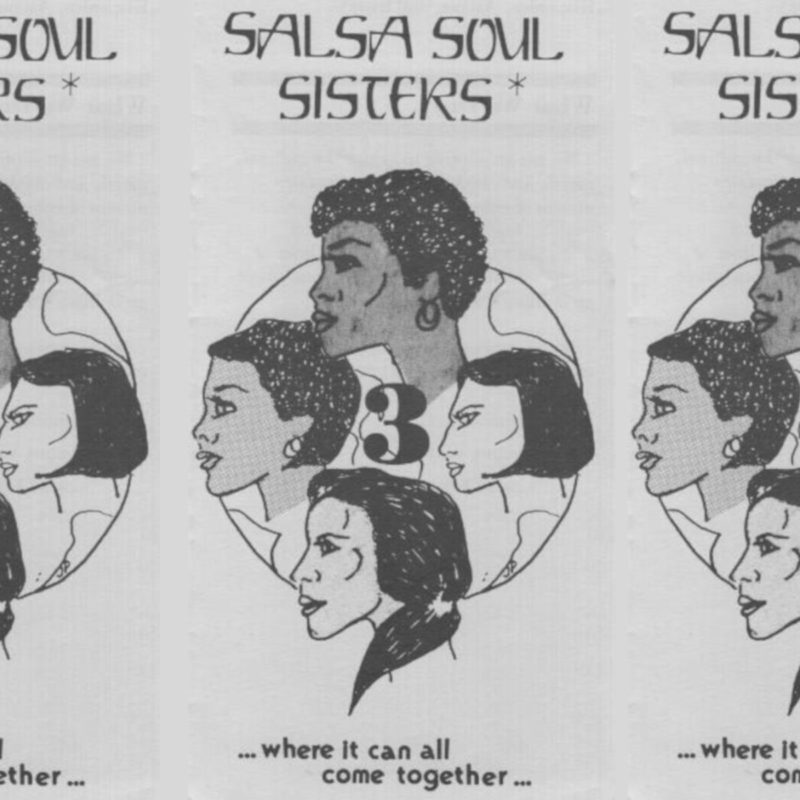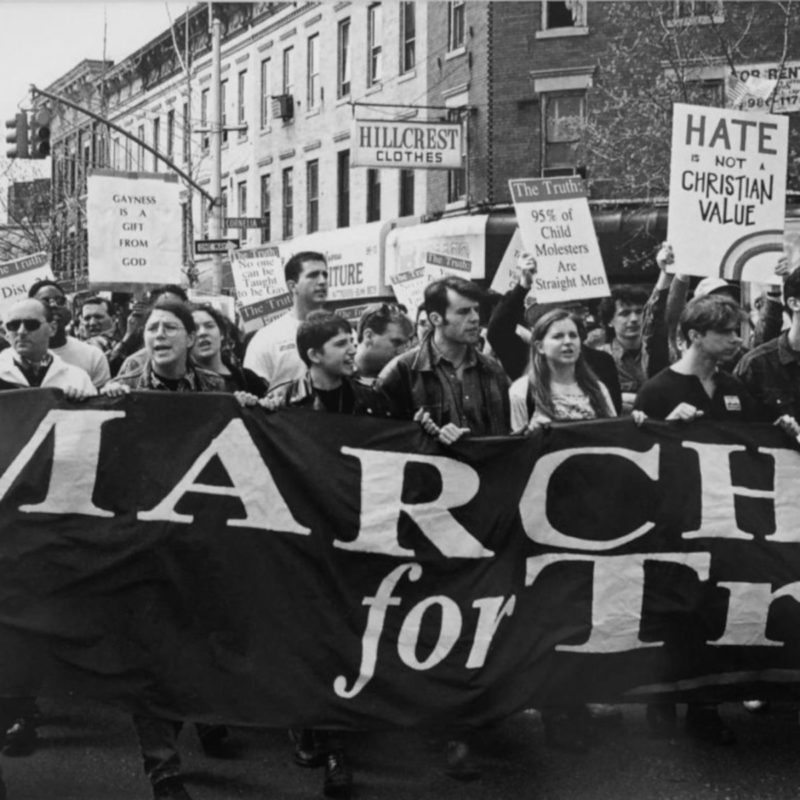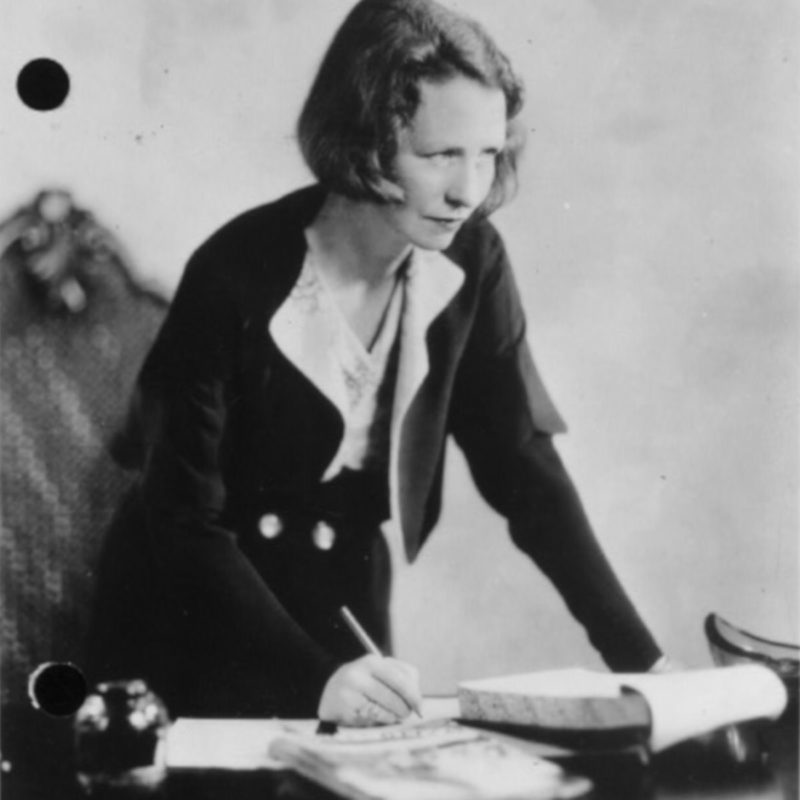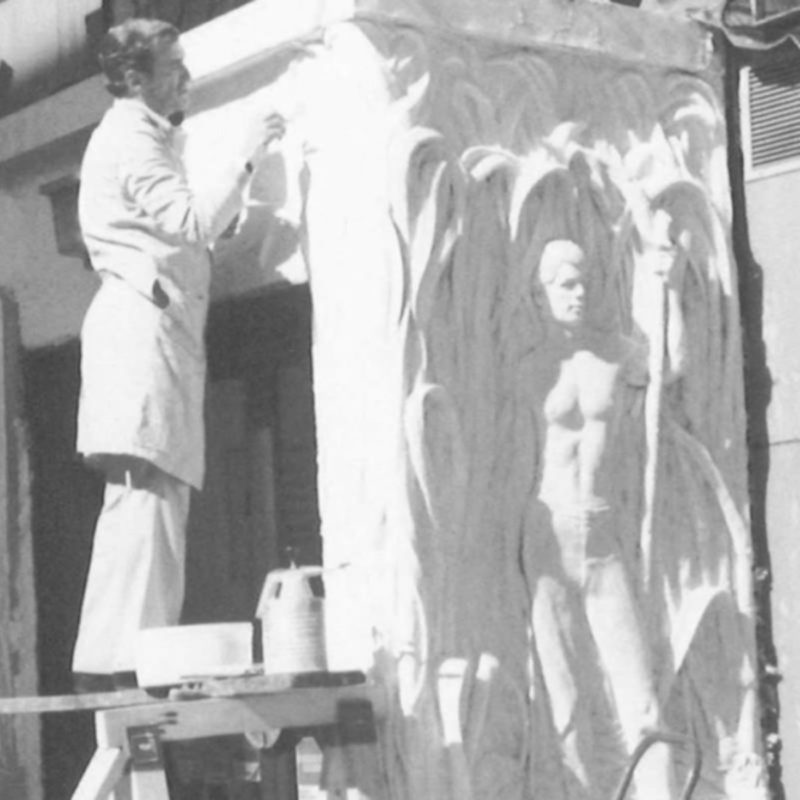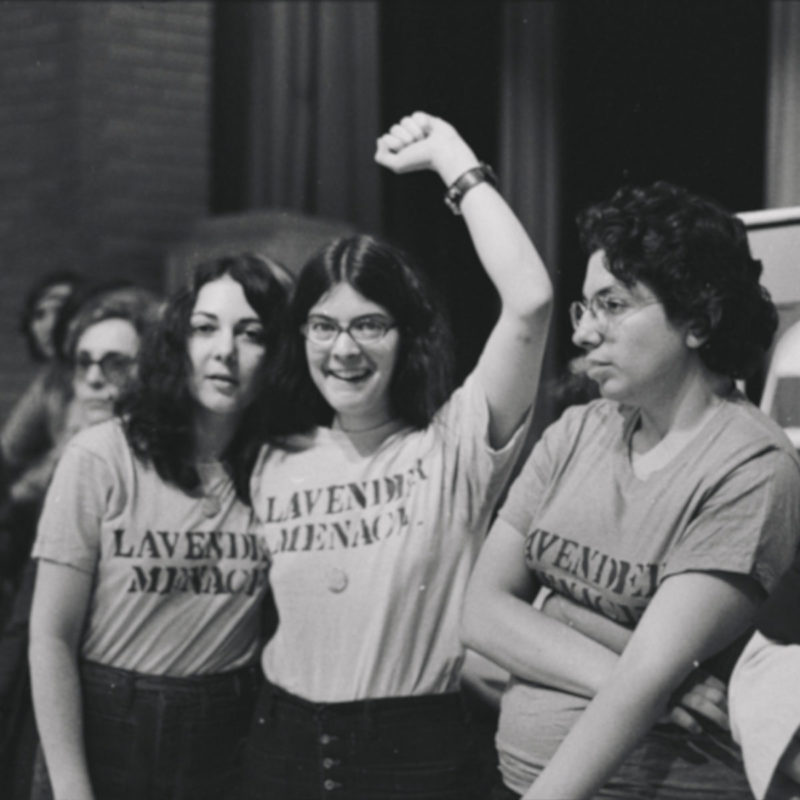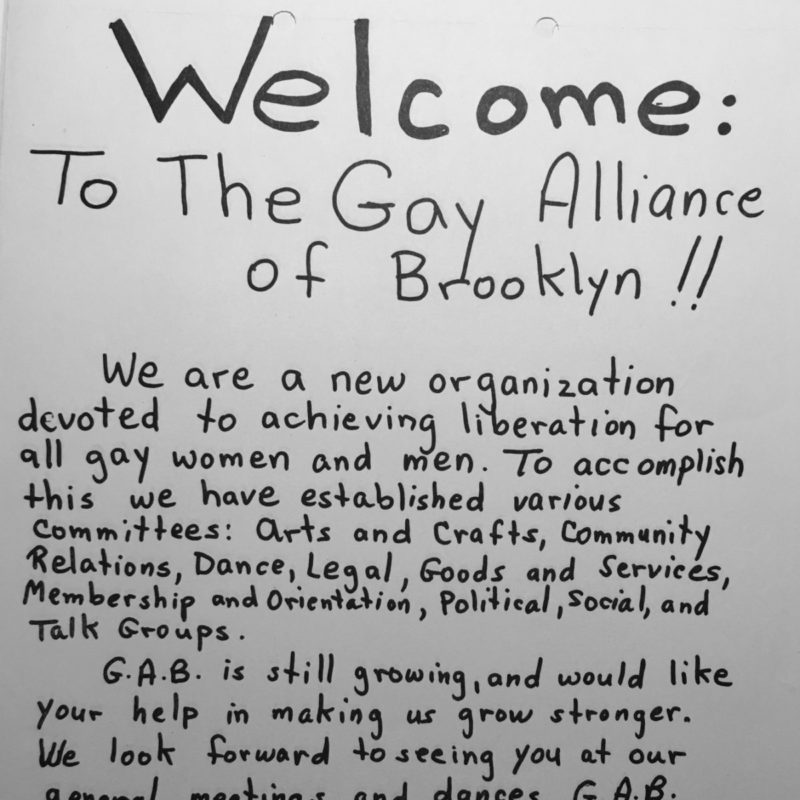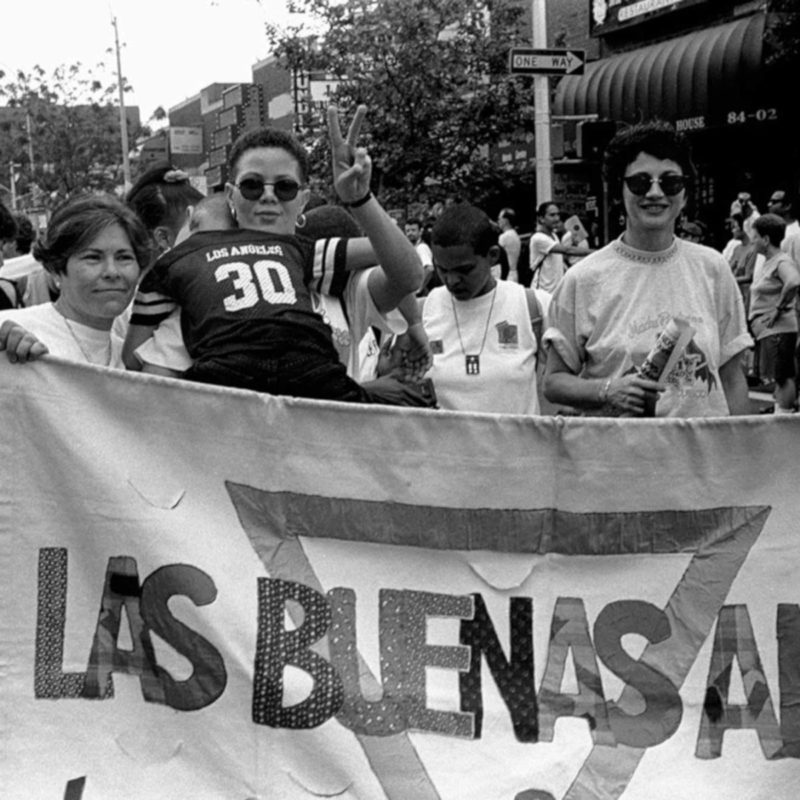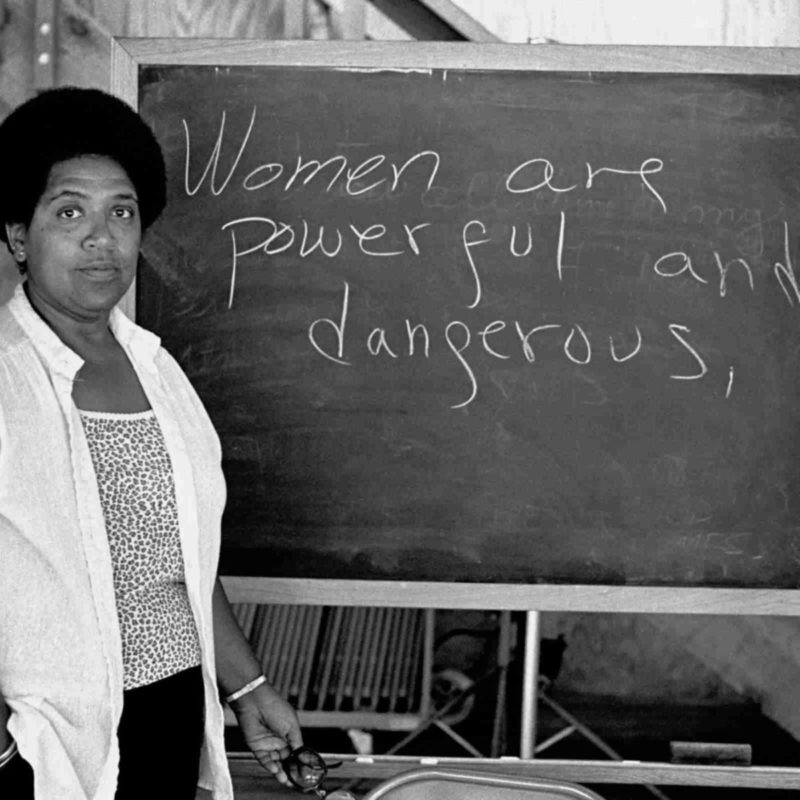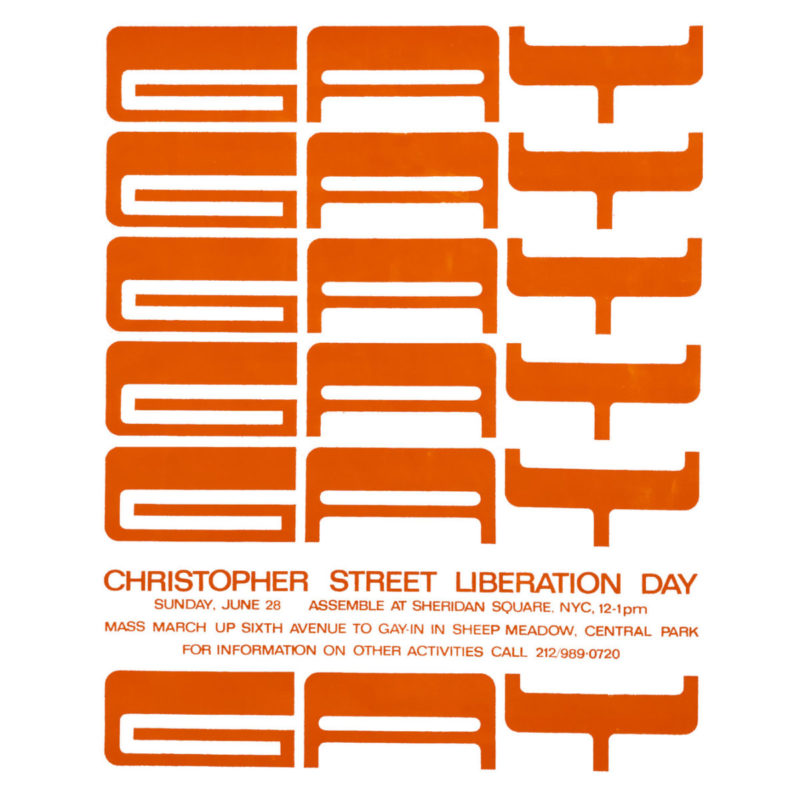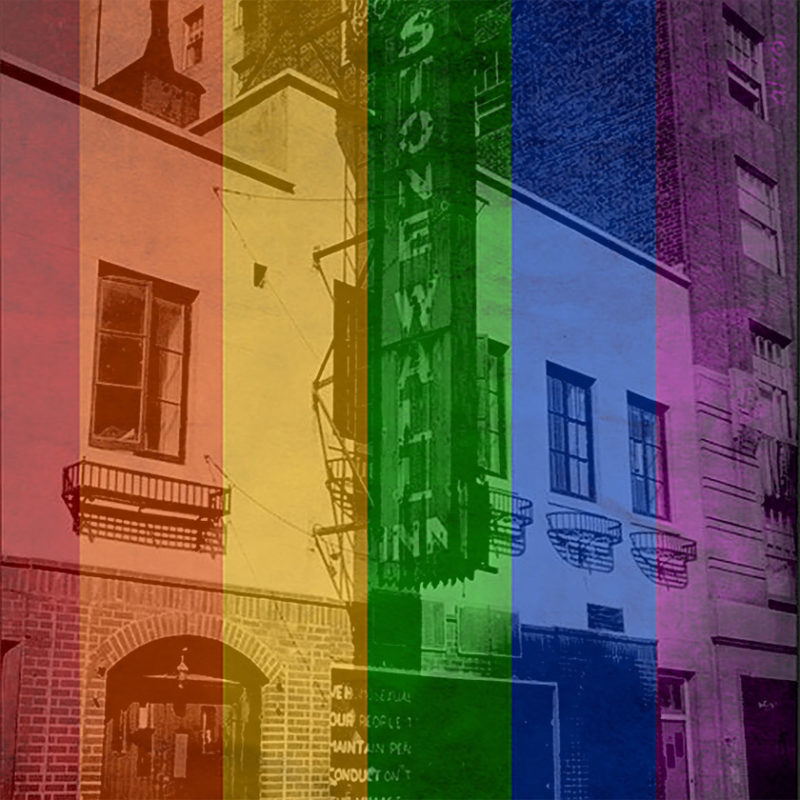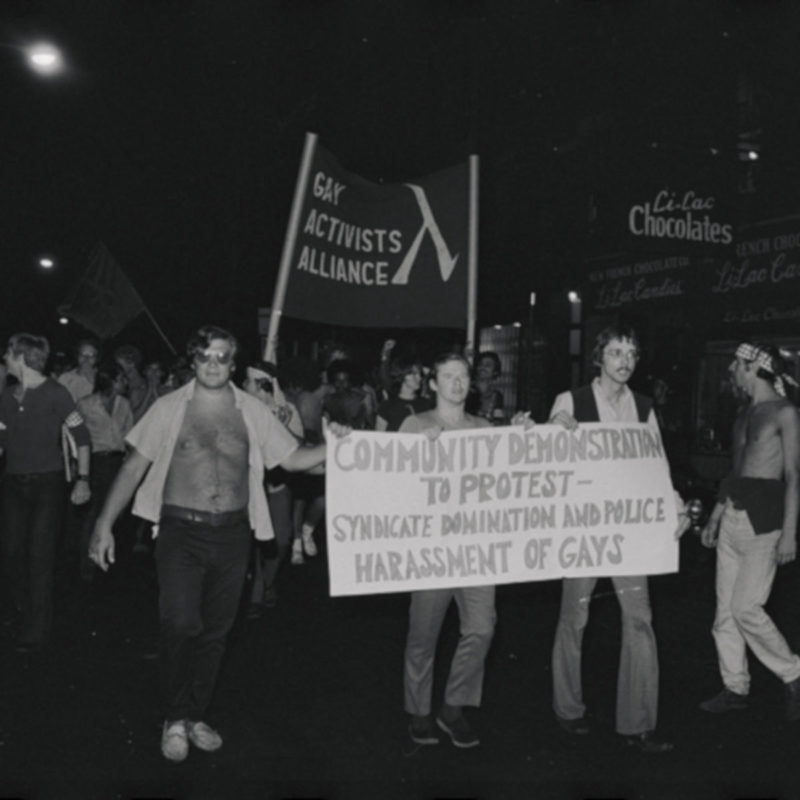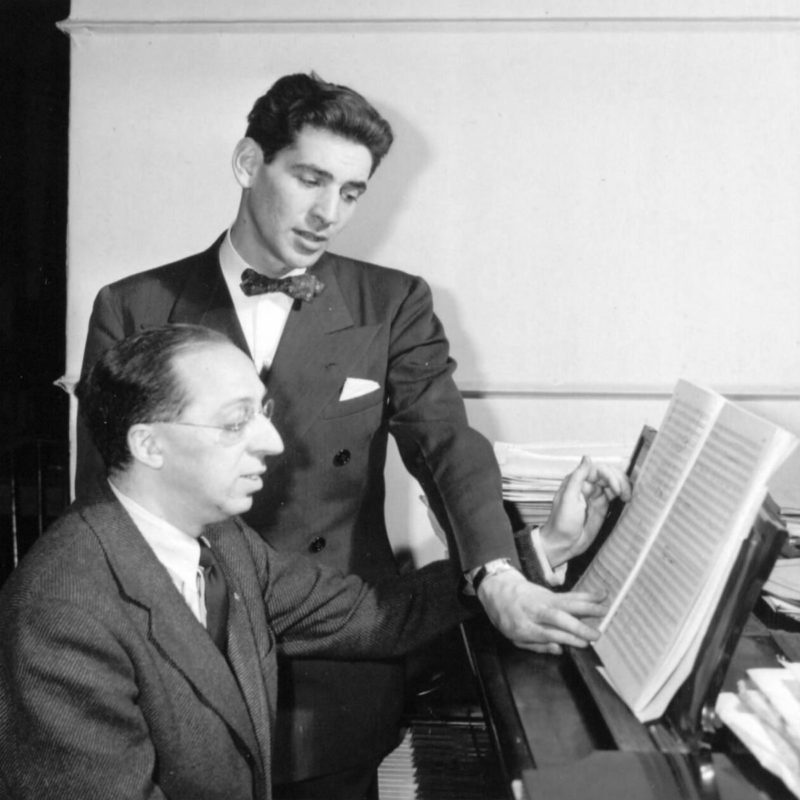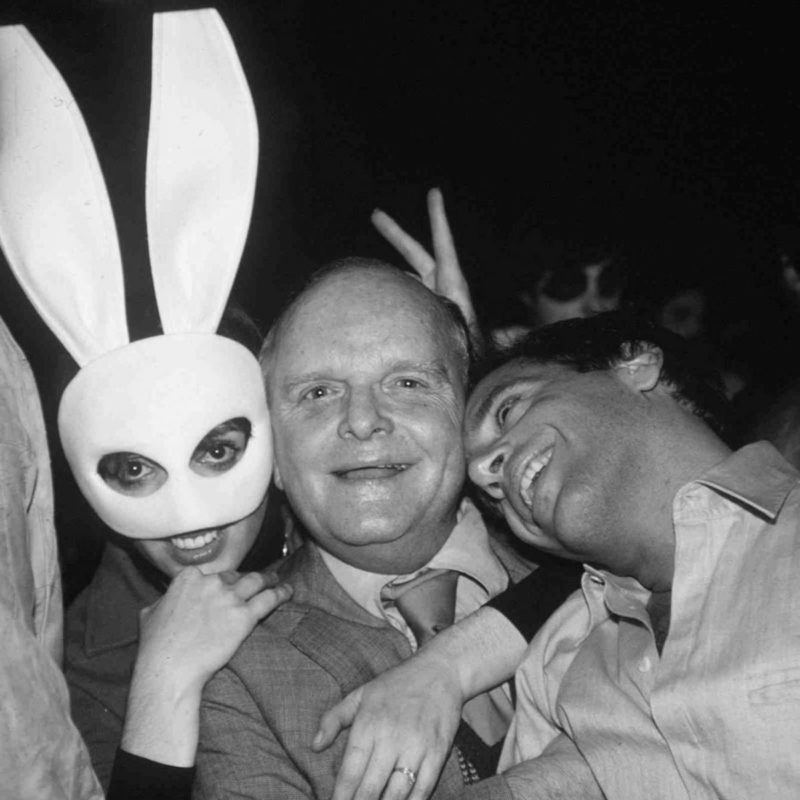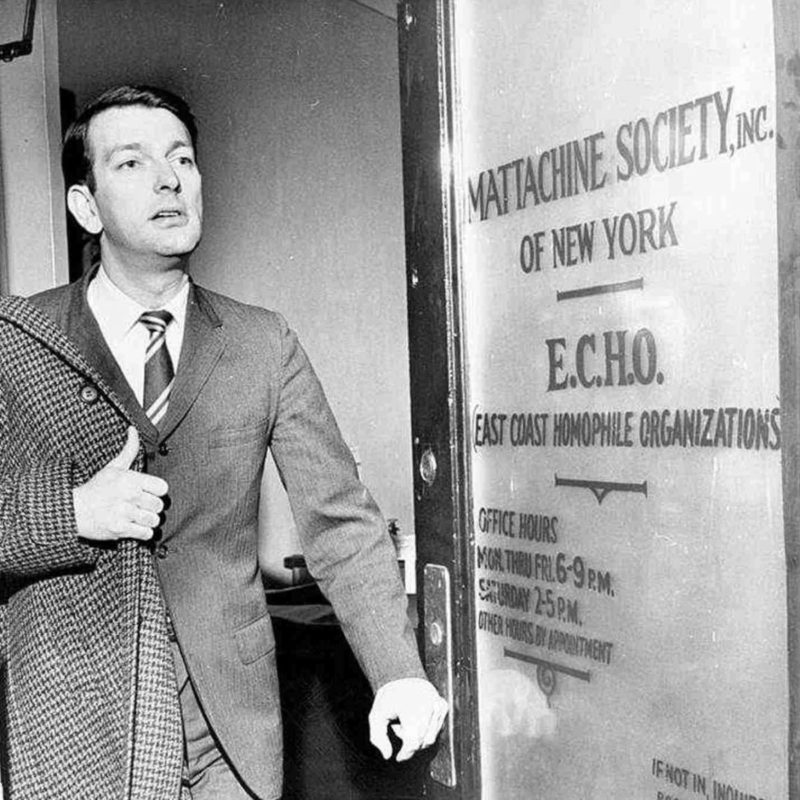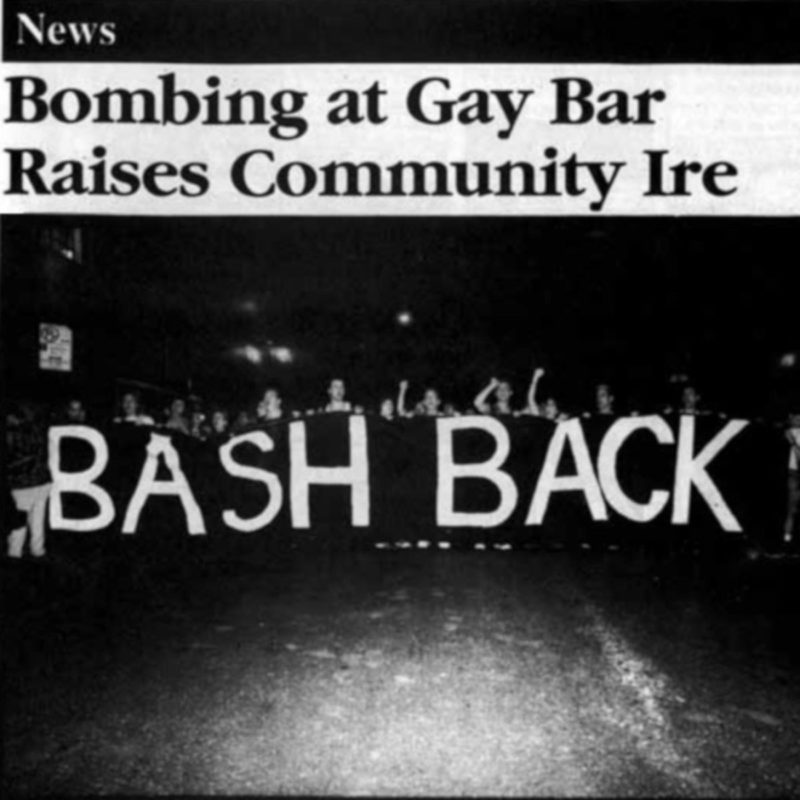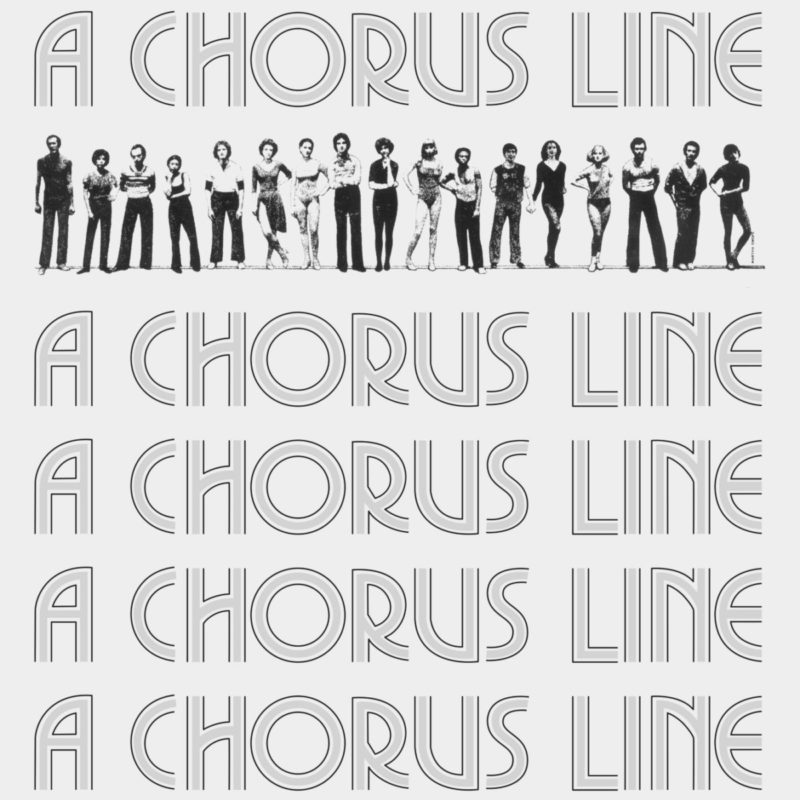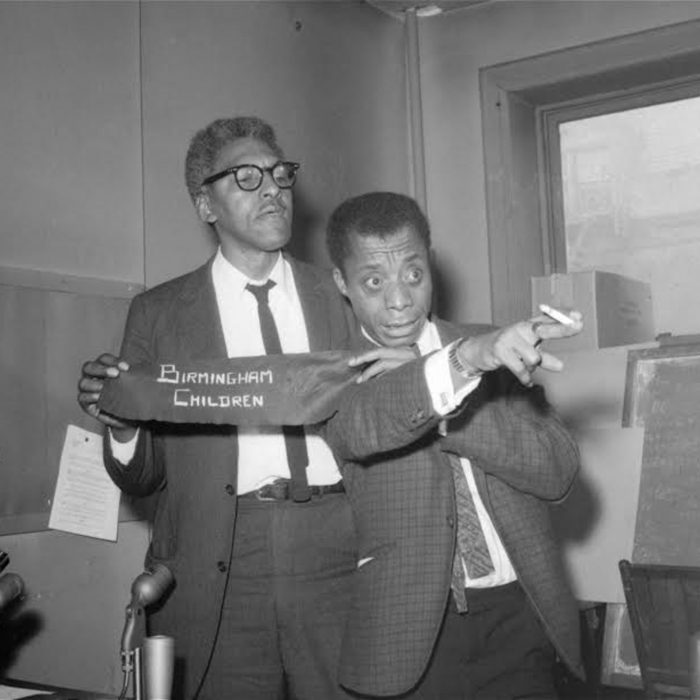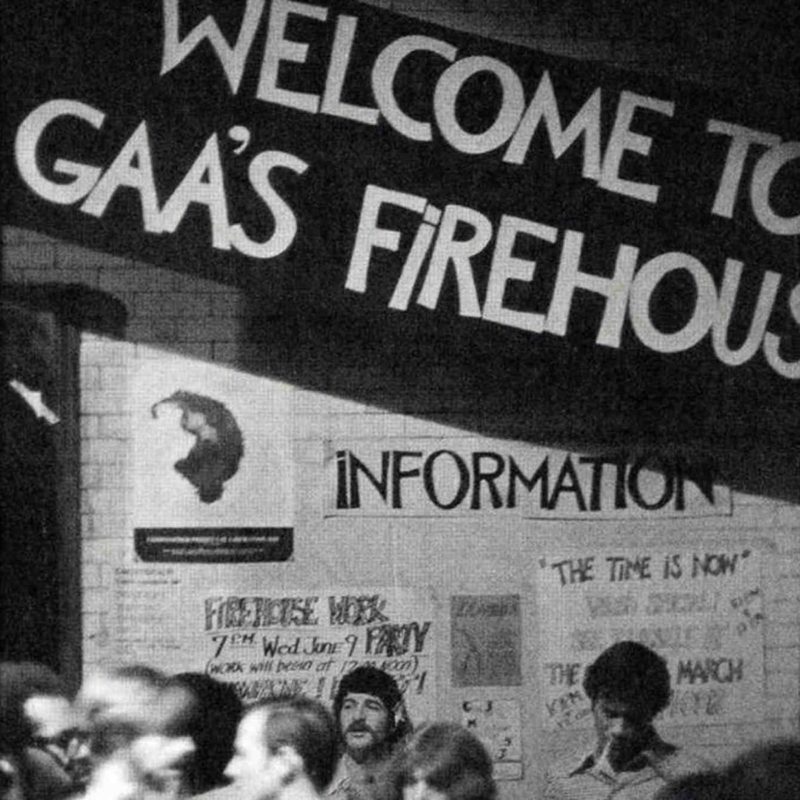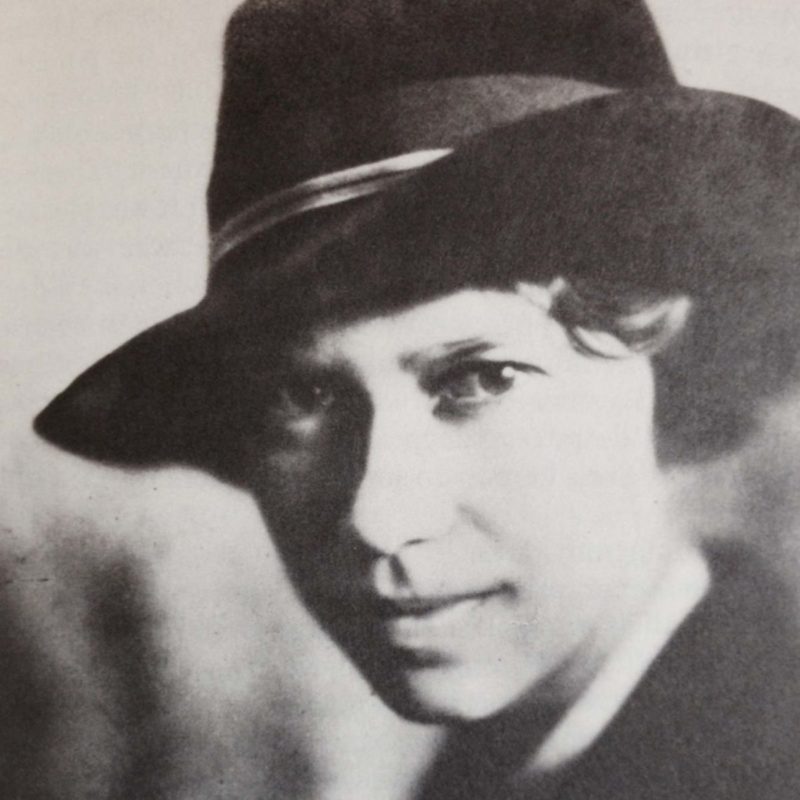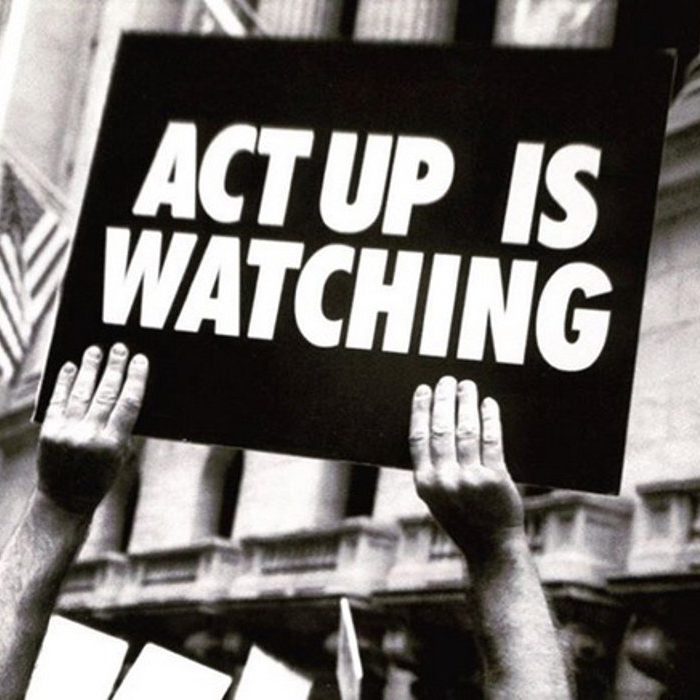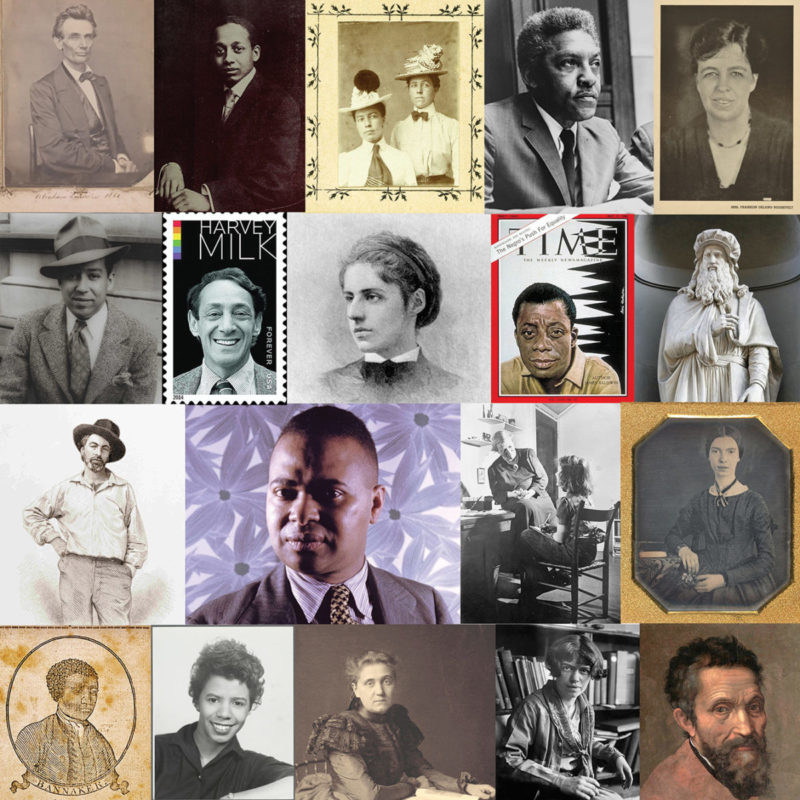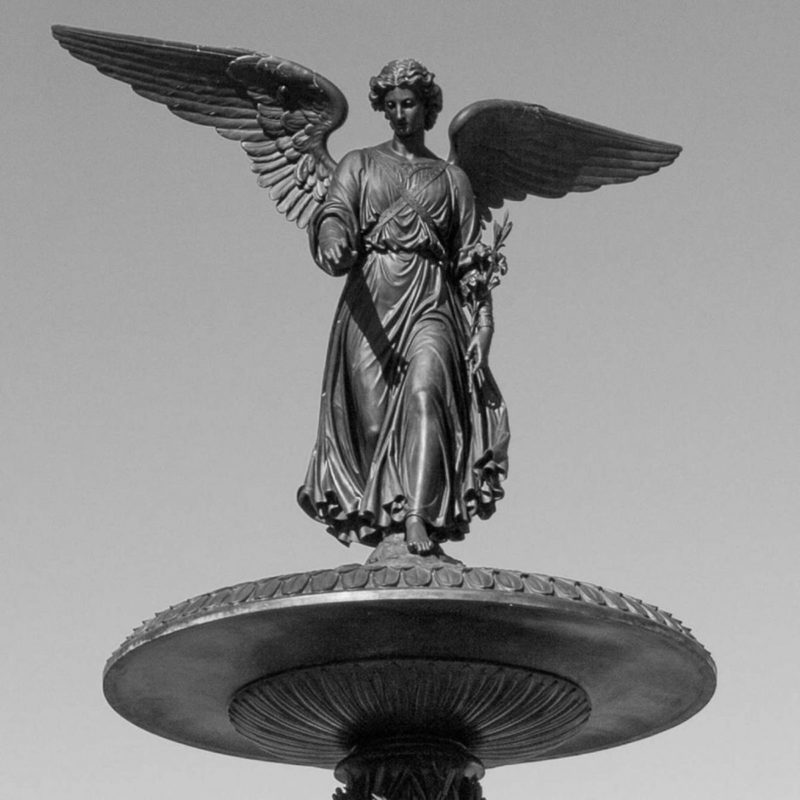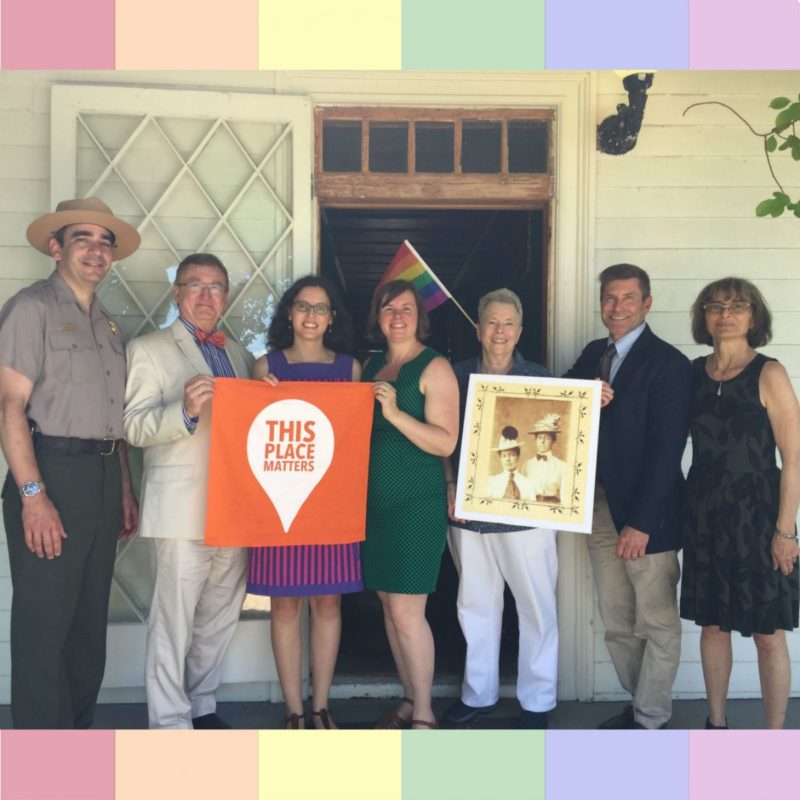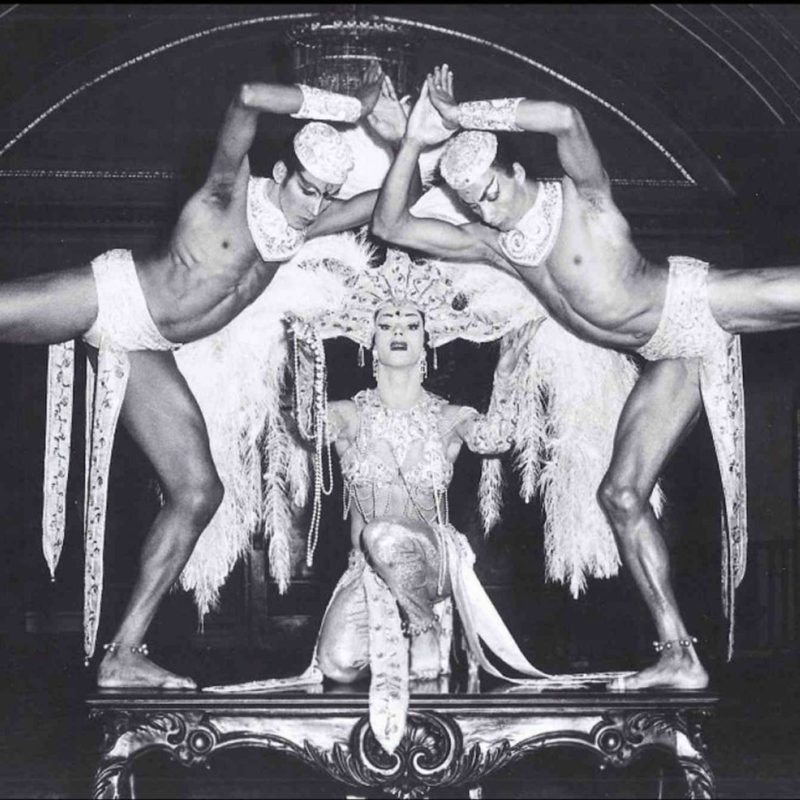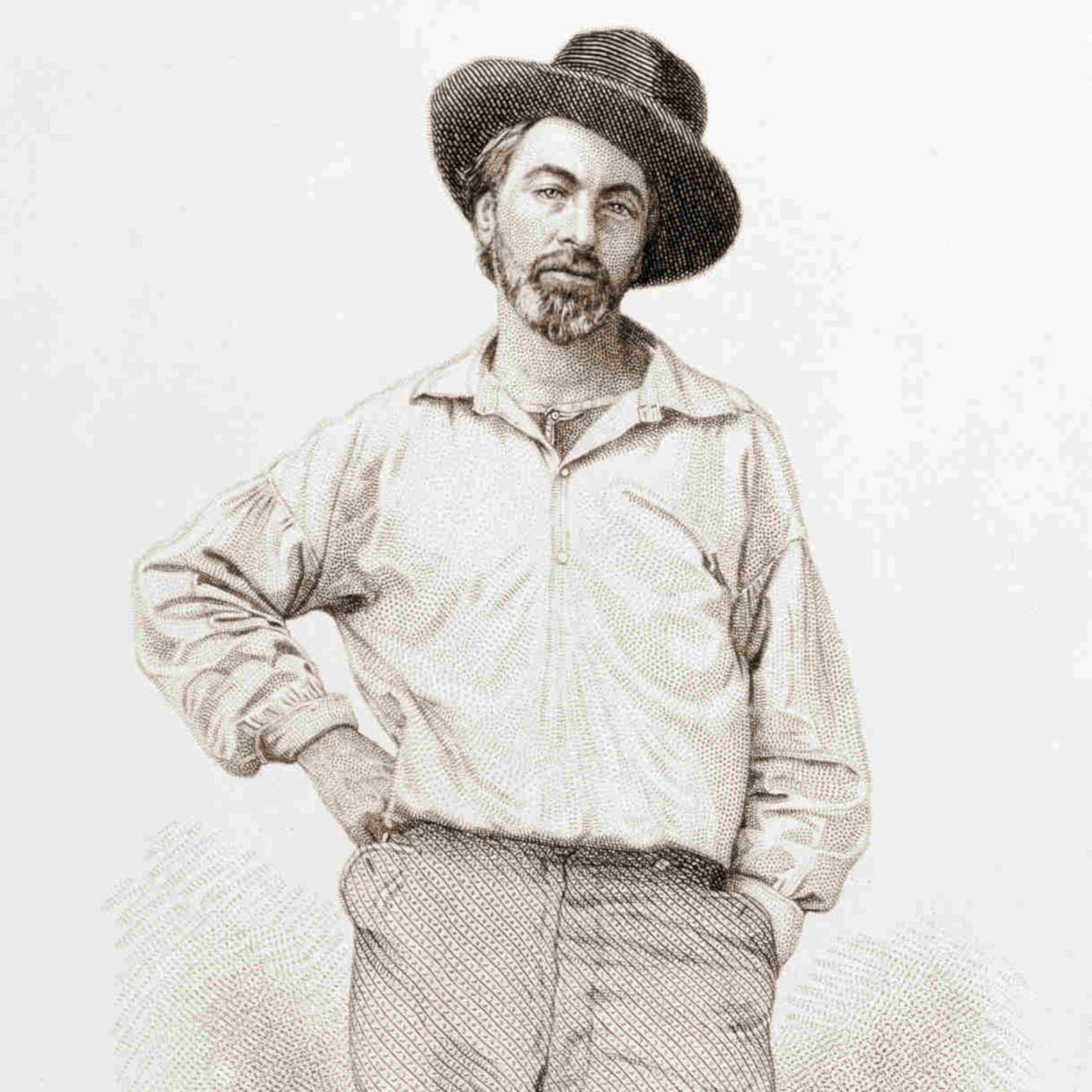
Pre-20th Century History
overview
Documentation of gay men and lesbians living and socializing in New York City dates back well over 150 years.
By 1859, the renowned poet Walt Whitman became known for his famously homoerotic “Calamus” poems while he was a regular at a bar called Pfaff’s; later in the century, pioneering female photographer Alice Austen captured early images of women embracing and dressed in male drag at her home on Staten Island.
In this curated collection, cultural institutions, residences, and bars reveal a gay community that thrived in pre-20th century New York.
Historic Sites in Pre-20th Century History
Elsie de Wolfe, often credited as America’s first professional interior designer, and Elisabeth Marbury, one of the world’s leading, and pioneering female, theatrical agents and producers, lived together in this... Learn More
This elegant loft building is the only New York City design of Chicago master architect Louis Sullivan. Evidence suggests the likelihood that Sullivan was a gay man. Learn More
Opened in 1897 as Mills House No. 1, which was intended as a wholesome residential hotel for single, working-class men, this building ironically became desirable for gay men because they... Learn More
Many LGBT individuals are buried at Green-Wood Cemetery in Brooklyn, one of the most beautiful landscapes in America. Here one can visit the gravesites of such famous individuals as Leonard... Learn More
Woodlawn Cemetery in the northern Bronx is not only a magnificent park-like landscape, but is the final resting place of many notable figures in the history of the United States.... Learn More
City Hall Park is the earliest known documented gay male cruising area in Manhattan, according to newspaper accounts beginning in the early 1840s. Learn More
Two men are known to have been executed in New Amsterdam in 1646 and 1660 for sexual relations with boys. Sodomy was punishable by death in New York until 1796,... Learn More
Founding Father Alexander Hamilton lived in this house – which was built for him and his family in 1802 – until his death in 1804, though the house has since been relocated... Learn More
Walt Whitman and his family lived in this house when the first edition of his epochal first collection of poems, Leaves of Grass, was finished and published in June 1855. The... Learn More
The Angel of the Waters statue atop the Bethesda Fountain is the 1860s masterpiece of lesbian sculptor Emma Stebbins and was the earliest public artwork by a woman in New York City. In... Learn More
Pioneering female photographer Alice Austen grew up in her family’s home where she later lived with schoolteacher Gertrude Tate, her partner of 55 years. Austen’s work includes early images of... Learn More
The Irish poet and dandy Oscar Wilde stayed for a few days at the Grand Hotel while on his expenses-paid tour of America in 1882. This tour earned him fame,... Learn More
One of the premiere centers of American musical life and history, Carnegie Hall has continually featured the work and performances of countless LGBT artists since its opening in 1891. See Studio... Learn More
In 1893, public health nurse and progressive reformer Lillian Wald co-founded the Henry Street Settlement to provide no-cost medical services to poor immigrants living in cramped tenements on the Lower... Learn More
This rowhouse near the Jefferson Market police court (now the Jefferson Market Library) was the last residence and office of well-known Tammany politico Murray Hall, who today would be considered... Learn More
From 1857 to 1860, this building was the first location of the New York Infirmary for Indigent Women and Children. Founded by Doctors Elizabeth and Emily Blackwell, it was the... Learn More
Brooklynite Susie M. Barstow, who lived in this Prospect Heights rowhouse beginning in the 1880s, was a successful landscape painter in the last decades of the 19th century and first... Learn More
